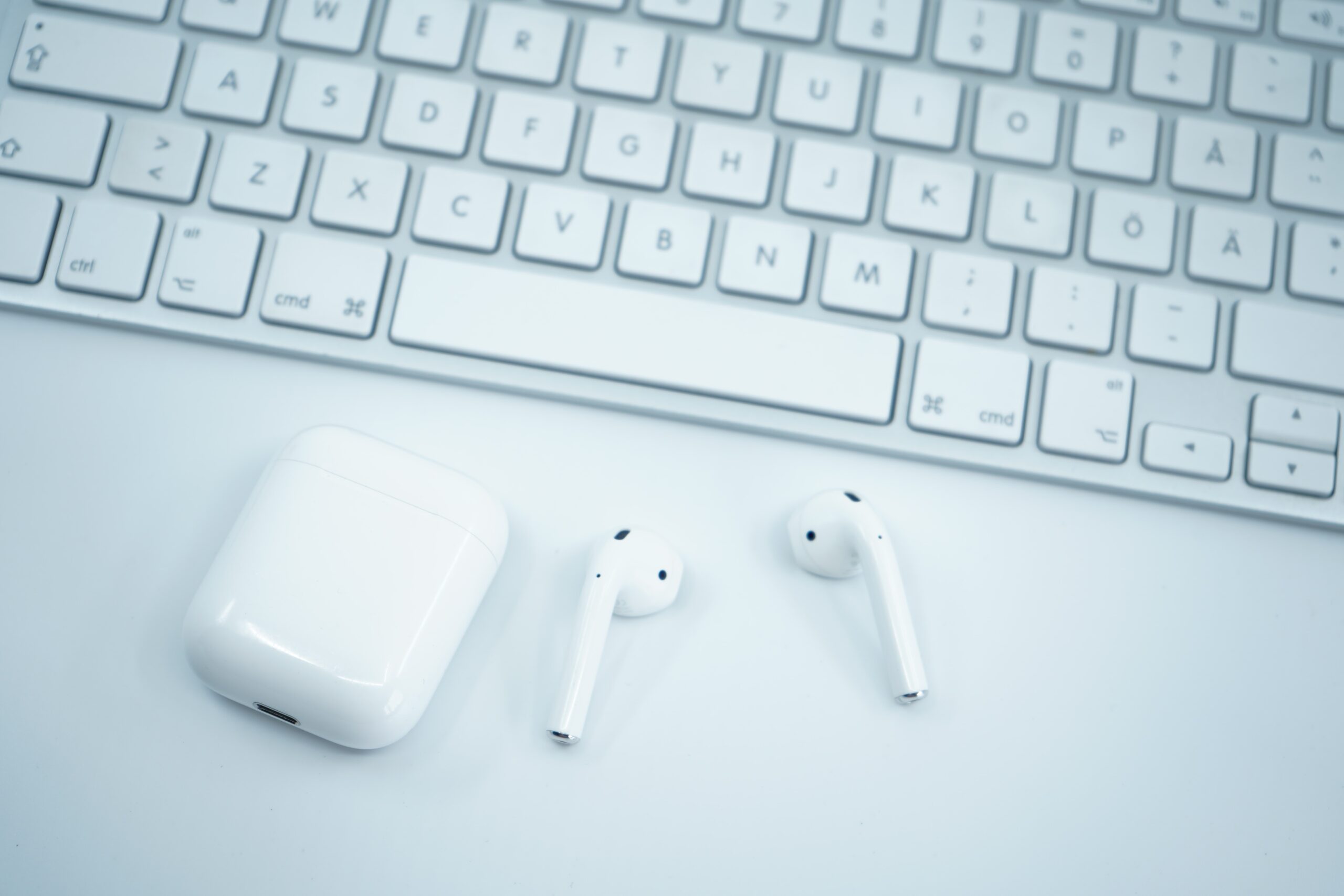Amidst the chaotic symphony of the world, there exists a hidden realm of tranquility—one that can be accessed through the power of the perfect earplug fit.
Whether you yearn for undisturbed reading sessions or seek respite from the relentless noise of daily life, the right earplugs can be your sanctuary. But how do you find that elusive harmony?
Join us on a captivating journey through the labyrinth of earplug options as we unveil the secrets to choosing the perfect fit.
From unraveling the mysteries of noise reduction ratings to exploring innovative features, this guide will equip you with the knowledge to transform your auditory experience. Get ready to embark on a transformative quest for auditory bliss.
How To Choose the Right Earplugs for You
Embark on a transformative journey to sonic tranquility with our expert advice on selecting the perfect earplugs tailored just for you.
The Importance of a Perfect Fit: Understanding the Significance of Choosing the Right Earplugs

When it comes to earplugs, finding the perfect fit can make all the difference in your auditory experience. The significance of selecting the right earplugs goes far beyond just blocking out noise. It affects your comfort, the effectiveness of noise reduction, and even the overall well-being of your ears.
One of the primary reasons why a perfect fit is crucial is because it ensures optimal noise reduction. Imagine wearing loose or ill-fitting earplugs that allow sound to leak through. It’s like trying to build a sturdy wall with gaps in between the bricks. The right earplugs create a tight seal, effectively blocking out unwanted noise and providing you with the peace and quiet you desire.
But noise reduction isn’t the only benefit of a perfect fit. It also directly impacts your comfort. Earplugs that are too big or too small can cause discomfort, pain, or even irritate your ear canal. You want your earplugs to be like cozy earmuffs, embracing your ears without any discomfort or strain. By choosing earplugs that fit snugly and comfortably, you can wear them for extended periods without any issues.
Additionally, a perfect fit ensures that your earplugs stay securely in place, especially during activities where movement is involved. Whether you’re a musician performing on stage or an avid traveler seeking peace during long flights, having earplugs that stay put is essential. The last thing you want is for them to slip out or become dislodged, compromising their effectiveness and leaving you vulnerable to noise disturbances.
Not to mention, a proper fit also promotes ear health. By sealing your ear canal effectively, well-fitted earplugs help prevent the entry of dust, debris, or even water, reducing the risk of ear infections or other related issues.
So, when it comes to choosing earplugs, don’t underestimate the significance of finding the perfect fit. It’s the key to unlocking a world of auditory bliss, where you can enjoy peaceful moments, protect your hearing, and experience the true benefits that earplugs have to offer.
Decoding Noise Reduction Ratings (NRR): Finding the Optimal Level of Noise Protection
When it comes to choosing the right earplugs, understanding Noise Reduction Ratings (NRR) is essential. NRR is a standardized measurement that helps you determine the level of noise protection provided by different earplugs. By decoding these ratings, you can find the optimal level of noise protection that suits your needs.
The NRR is typically displayed on the packaging of earplugs and is measured in decibels (dB). It indicates the amount of noise that the earplugs can block or reduce. The higher the NRR number, the greater the level of noise reduction provided by the earplugs.
For instance, if a pair of earplugs has an NRR of 32 dB, it means they can reduce the noise level by 32 decibels on average. This can make a significant difference in loud environments, such as construction sites, concerts, or industrial settings. On the other hand, earplugs with a lower NRR, such as 20 dB, may be suitable for moderate noise levels, such as office environments or everyday activities.
It’s important to note that the NRR is a laboratory-tested measurement and represents the maximum noise reduction achievable in ideal conditions. In real-world scenarios, the actual noise reduction may vary depending on factors like how well the earplugs fit, the frequency of the noise, and individual sensitivity to sound.
When selecting earplugs, it’s crucial to consider the level of noise you will be exposed to. If you’re attending a rock concert, for example, you’ll want earplugs with a higher NRR to protect your hearing from the loud music. On the other hand, if you need earplugs for a quieter environment like studying at a library, earplugs with a lower NRR may suffice.
Keep in mind that higher NRR earplugs may provide more noise reduction, but they can also make it challenging to hear important sounds, like alarms or conversations. It’s important to strike a balance between noise reduction and situational awareness.
Decoding NRR is a valuable tool for finding the optimal level of noise protection. By understanding these ratings, you can make informed decisions when choosing earplugs that suit your specific needs, allowing you to enjoy the peace and quiet you desire while safeguarding your precious hearing.
Exploring Different Earplug Styles and Materials: Selecting the Ideal Fit for Your Needs
When it comes to choosing the right earplugs, there is a wide variety of styles and materials available. Each style and material offers unique advantages, ensuring that you can find the ideal fit that suits your specific needs. Let’s dive into the world of earplug styles and materials to help you make an informed decision.
Foam Earplugs:

Foam earplugs are a popular choice due to their comfort and affordability. They are typically made of soft, pliable foam that expands to fit the shape of your ear canal. Foam earplugs provide excellent noise reduction and are suitable for various environments, from concerts to loud workplaces. They are disposable and come in different sizes, allowing you to find the right fit.
Silicone Earplugs:
![]()
Silicone earplugs are known for their durability and versatility. Made from a flexible silicone material, these earplugs offer a comfortable and reusable option. They are often molded to fit the contours of your ear, providing a customized and secure fit. Silicone earplugs are great for swimming, sleeping, and general noise reduction.
Flanged Earplugs:

Flanged earplugs, also known as reusable or musician earplugs, feature multiple flanges or ridges that create a seal in the ear canal. They are designed to reduce noise while preserving sound quality and clarity. Flanged earplugs are popular among musicians, concertgoers, and individuals who need to hear conversations or music accurately while still protecting their hearing.
Custom Molded Earplugs:

For the utmost in comfort and personalized fit, custom molded earplugs are an excellent option. These earplugs are made by taking an impression of your ear canal, creating a unique mold tailored specifically to your ears. Custom molded earplugs provide superior comfort, noise reduction, and are ideal for individuals who require long-term use or have specific ear shape requirements.
Earplugs with Filters:

Earplugs with filters offer a specialized approach to hearing protection. These earplugs feature filters that selectively reduce the volume of loud noises while allowing speech and other important sounds to be heard clearly. They are popular among musicians, motorcyclists, and individuals attending sporting events, where situational awareness is crucial.
When choosing earplugs, consider your specific needs, the level of noise reduction required, comfort preferences, and the intended use. Experimenting with different styles and materials can help you find the perfect fit that suits your lifestyle and provides the desired level of noise protection.
By exploring the diverse world of earplug styles and materials, you can select the ideal fit for your needs, ensuring maximum comfort, effective noise reduction, and a reliable companion for quiet moments in your reading adventures.
Factors to Consider for a Customized Fit: Size, Shape, and Comfort Features
When it comes to earplugs, achieving a customized fit is key to unlocking optimal comfort and noise reduction. Consider these essential factors to ensure the perfect fit for your ears.
Size Matters:
Choosing the right size is crucial for a comfortable and effective fit. Earplugs that are too small may not provide adequate noise reduction or stay securely in place. Conversely, earplugs that are too large can cause discomfort and difficulty inserting them properly. Look for earplugs that offer different size options or consider custom-molded plugs for an exact fit.
Shape Considerations:
Ears come in various shapes and sizes, and finding earplugs that match your ear’s unique contours is essential. Some earplugs are designed with flanges, ridges, or tapered shapes to accommodate different ear shapes. Experiment with different shapes to determine which style fits your ears comfortably and securely.
Material Comfort:
The material of the earplugs can significantly impact comfort during extended wear. Common materials include foam, silicone, and hypoallergenic options. Foam earplugs are soft and pliable, conforming to your ear canal for a snug fit. Silicone earplugs offer durability and flexibility, allowing for repeated use. Consider your preferences and any potential allergies when selecting the most comfortable material for your ears.
Additional Comfort Features:
Certain earplugs come with additional features to enhance comfort and convenience. These may include built-in filters, ventilation holes for pressure equalization, or special coatings for a soft and smooth texture. Explore the available options and identify features that align with your specific needs.
Remember to test the comfort and fit of your chosen earplugs before committing to prolonged use. Insert them properly into your ears, ensuring a secure and comfortable seal. Pay attention to any discomfort or irritation and make adjustments as necessary.
Finding earplugs that offer a customized fit involves considering factors such as size, shape, material, and comfort features. By taking the time to select earplugs that match your ears’ unique characteristics, you can enjoy extended periods of comfortable wear, effective noise reduction, and a personalized fit that elevates your reading experience to a whole new level of tranquility.
READ MORE: 5 Noise-Canceling Headphones To Wear While Reading


















